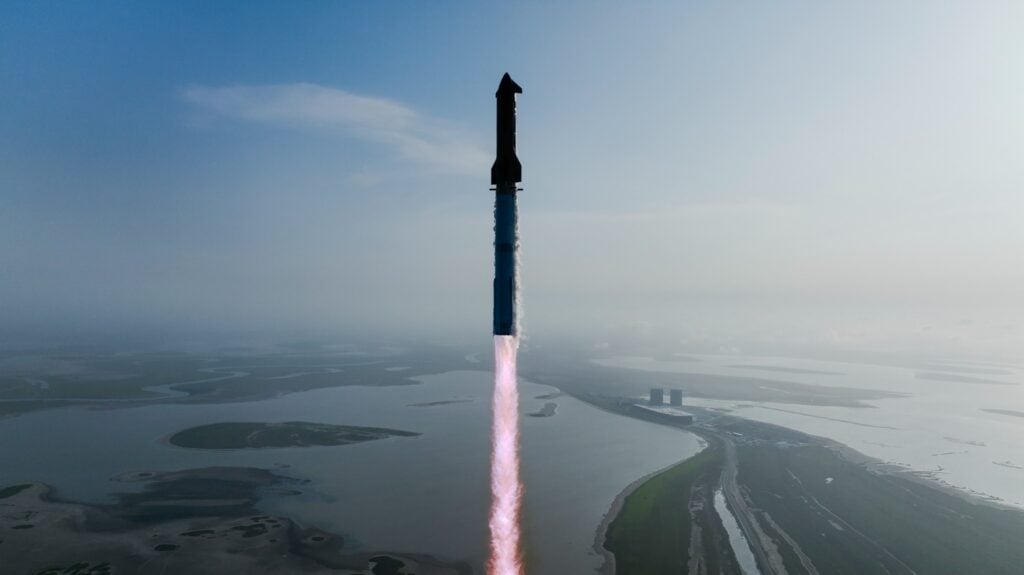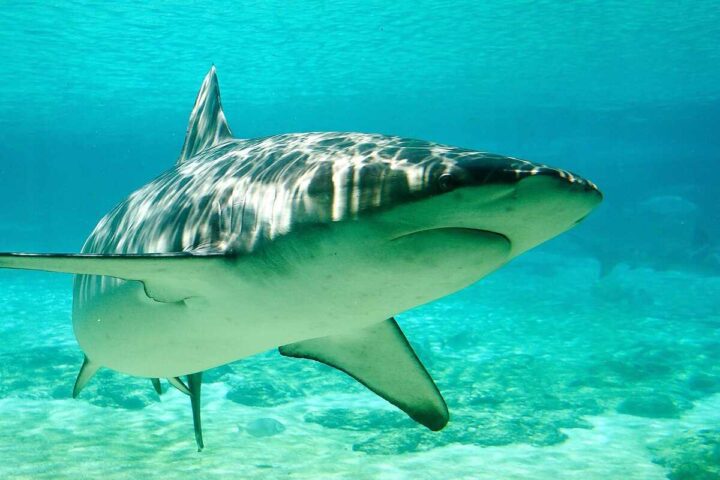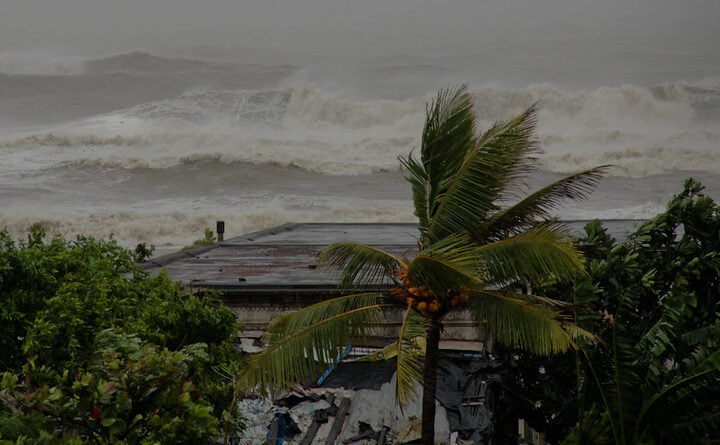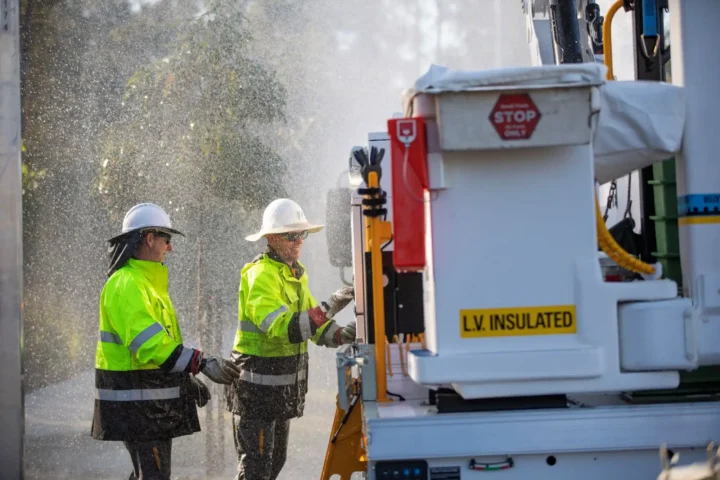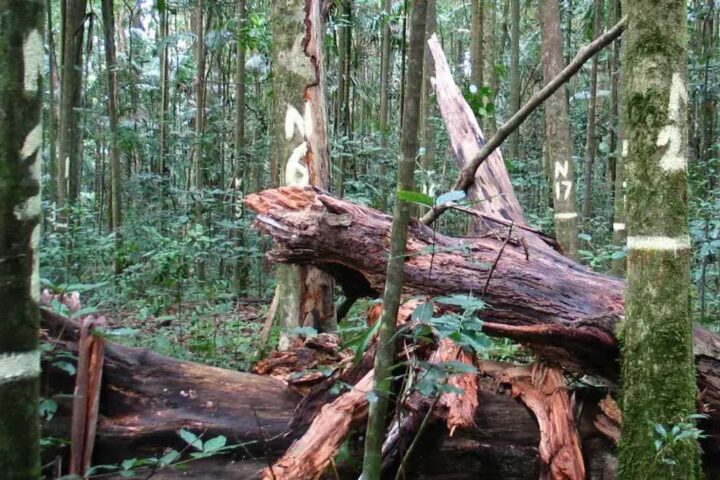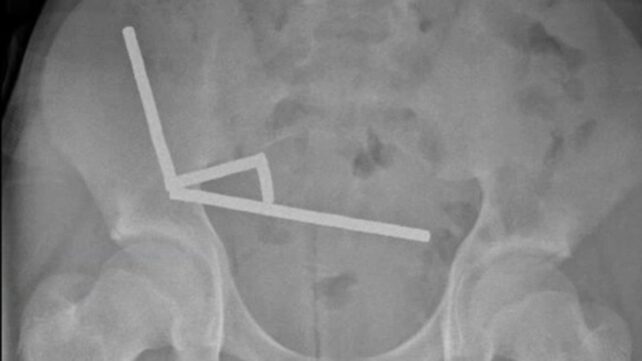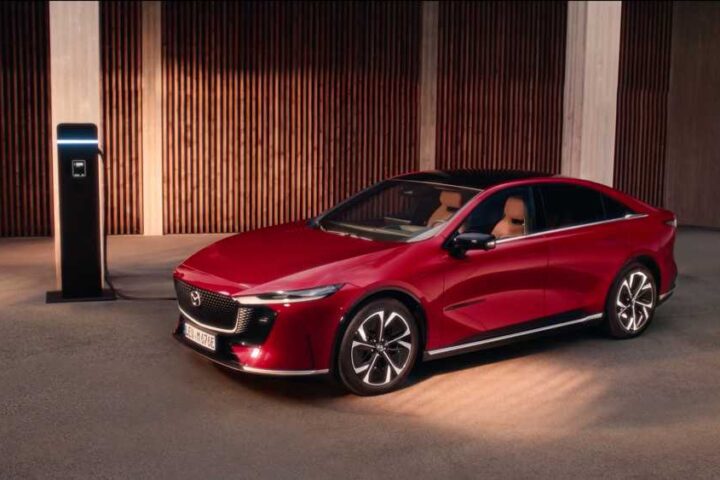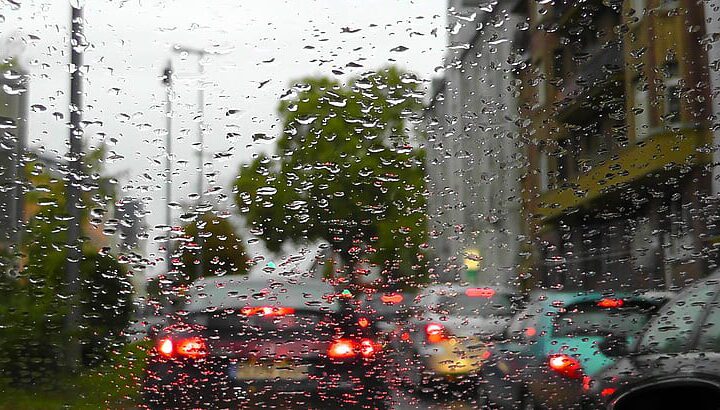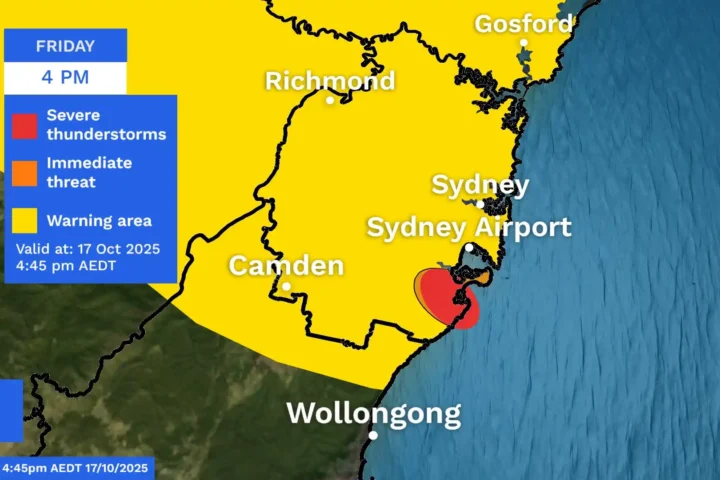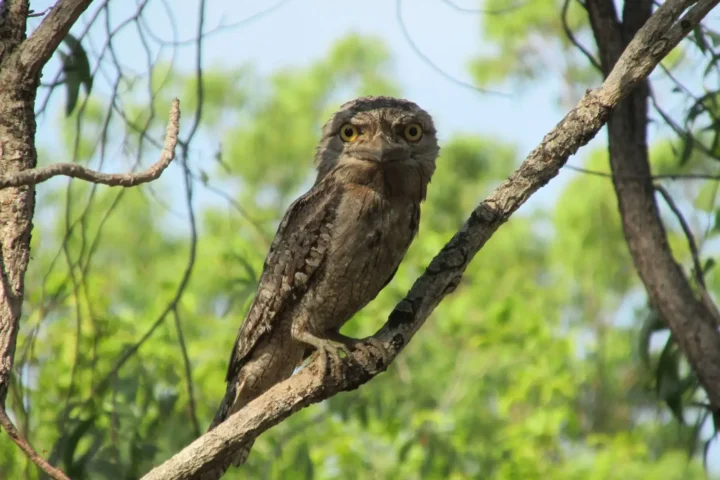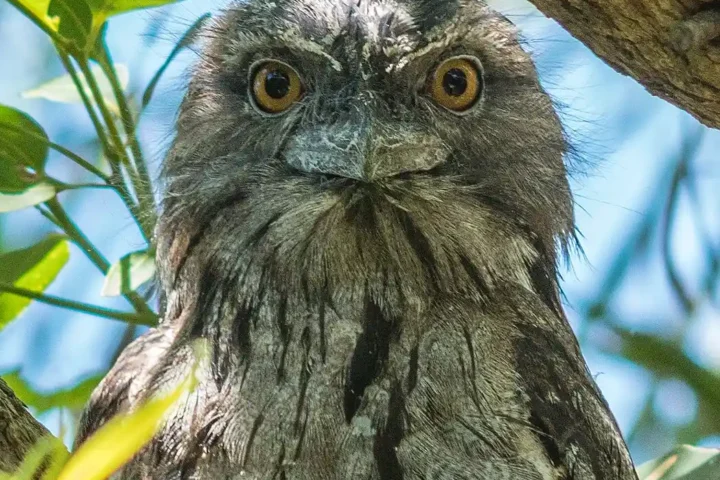Australia approved on Wednesday Woodside Energy’s request to extend the life of its North West Shelf gas plant until 2070, after a six-year review process dogged by delays, appeals and backlash from green groups. Environment Minister Murray Watt’s decision locks in operations at the Burrup Peninsula facility for another 45 years, generating what scientists calculate as up to 4.3 billion tonnes of carbon dioxide equivalent emissions over its lifetime.
Environment Minister Murray Watt said in a statement the decision to approve the extension of the project would be subject to strict conditions “particularly relating to the impact of air emissions levels from the operation”. The approval represents a major decision for the newly appointed Environment Minister.
Six-and-a-Half-Year Assessment Concludes
The North West Shelf facility, commissioned in 1984, stands as Australia’s oldest and largest liquefied natural gas plant and a key supplier to Asian markets. With investments totalling $25 billion since the early 1980s, the project is the largest resource development in Australian history. The plant currently processes gas from declining offshore fields, but the extension opens pathways for new gas sources, particularly from Woodside’s Browse field located 375 kilometers off the Kimberley coast.
The joint venture includes Woodside as operator alongside units of BP, Chevron, Shell, Japan’s Mitsui & Co and Mitsubishi Corp and China’s CNOOC. The Venture is underpinned by huge hydrocarbon reserves within the Carnarvon Basin, with only about one-third of the Venture’s estimated total reserves produced to date.
Emissions Lock-in Sparks Climate Concerns
The extension is expected to generate up to 4.3 billion metric tons of carbon emissions over its lifetime, equivalent to approximately 8-9 years of Australia’s current annual emissions. This contrasts sharply with Australia’s commitment to transition to clean energy alternatives like natural hydrogen, which the government has invested $3.4 billion in developing.
The Western Australian Environmental Protection Authority found that if unabated, the extension proposal would have emitted a total of 385 million tonnes of CO2-e over its life. But through this assessment, we have been able to insist on a reduction of more than 250 million tonnes.
These emissions projections come as Australia maintains its commitment to net zero emissions by 2050. However, the decision highlights the ongoing tension between fossil fuel expansion and climate commitments, similar to debates that emerged at recent international climate summits.
Heritage Threats at 50,000-Year-Old Sacred Site
The extension approval coincides with a brewing international heritage crisis. Murujuga, the Aboriginal traditional name for the Burrup Peninsula, houses more than one million images in an area of more than 37,000 hectares, Murujuga is home to one of the most significant and diverse collections of petroglyphs in the world. These engravings date back up to 50,000 years, making them among the world’s oldest continuous artistic traditions.
UNESCO’s advisory body ICOMOS has recommended Australia’s World Heritage nomination be deferred, citing industrial emissions as the primary threat. ICOMOS concluded “the conservation conditions of the petroglyphs are extremely vulnerable and threatened by industrial acidic emissions”.
Traditional owner Raelene Cooper has launched Federal Court action to protect the site. “Now I understand the new minister is preparing to approve Woodside’s North West Shelf extension, which will be a death sentence for the oldest and largest rock art site on earth,“ Cooper stated. If the minister approved the extension before addressing her application, it would be “a deeply cynical act” showing “utter disrespect for indigenous culture and heritage”.
Competing Scientific Studies on Rock Art Impact
Recent scientific findings have produced conflicting conclusions about emissions impact on the petroglyphs. The program’s data does not support earlier theories suggesting acid rain or deposition is contributing to damage of the rock art, according to a statement from the state government’s monitoring program.
However, earlier studies raised concerns about acidic deposition effects. Nitrogen and sulphur oxides also combine with rain and dew to form highly caustic acids that are similarly able to dissolve the rock surfaces.
Browse Field Development Unlocked
The extension approval enables Woodside to proceed with developing the Browse gas field, described as Australia’s largest untapped conventional gas resource. The proposed development concept includes: two floating production storage and offloading (FPSO) facilities delivering 11.4 Mtpa of LNG/LPG and domestic gas; and an approximately 900 km pipeline to the existing NWS Karratha Gas Plant.
A carbon capture and storage (CCS) solution to sequester the majority of the Browse reservoir carbon dioxide (CO₂) has been determined by the BJV to be feasible and the CCS infrastructure has subsequently been incorporated into the development concept. The Browse field contains up to 12 percent CO₂, requiring carbon capture technology for development.
The development involves drilling operations near Scott Reef, Australia’s largest standalone offshore coral reef. Environmental groups warn that the risk of a gas condensate spill from the Browse gas project would threaten 12 threatened marine species, including Pygmy blue whales and Hawksbill turtles.
Similar Posts
Economic and Energy Security Arguments
Industry supporters emphasize the project’s economic contributions and energy security role. The North West Shelf Project has paid more than A$40 billion in royalties and excise since the start of production in 1984. The facility has been often cited as the single largest industrial emitter for Australia according to the Clean Energy Regulator.
Gas represents 25 percent of Australia’s energy needs and generates 13 percent of export income according to government figures. The Australian Energy Market Operator projects domestic gas shortfalls by 2027 without new supply, with Western Australia particularly vulnerable as the North West Shelf has historically supplied the majority of the state’s domestic gas.
Gas will support our economy during the transition to net zero and will remain a critical part of the energy landscape in 2050 and beyond. The government’s Future Gas Strategy, released in 2024, positions gas as a transition fuel while acknowledging emissions must decline to meet net zero targets.
Approval Conditions and Monitoring Requirements
The federal approval comes with binding environmental conditions. The Western Australian EPA recommended conditions to ensure no adverse impacts to the Murujuga rock art. “Requiring the proponent to reduce emissions such as nitrogen oxides and volatile organic compounds by at least 40 per cent by 2030 through improvements to technology have formed a significant part of our recommended conditions”.
Additional requirements include real-time stack-emissions monitoring for NOₓ, SOₓ and particulate matter, with continuous data reporting to both Commonwealth and state regulators and independent third-party audits every five years, with non-compliance penalties including fines up to AUD 5 million and potential suspension of operations.
Legal and Political Opposition Continues
Environmental groups have mounted substantial legal challenges. The Australian Conservation Foundation is pursuing Federal Court action under environmental laws, while nearly 800 individuals lodged appeals with Western Australia’s Appeals Convenor against the state government’s December 2024 approval.
Senator Watt has rejected last-minute objections to the extension from Greenpeace and the Conservation Council of WA, which said the minister had declined to meet them. Conservation groups expressed concerns about “the Minister’s haste after 10 days in office signals disregard for long-term impacts” according to a joint statement by environmental groups.
The decision occurs against the backdrop of Australia’s 2050 net zero emissions target and international climate commitments, highlighting ongoing tensions between fossil fuel expansion and climate finance commitments that featured prominently in recent international climate negotiations.
Global LNG Market Context
The approval aligns with continued Asian demand for liquefied natural gas. China, India and Southeast Asian states together account for over 45 percent of incremental LNG imports, driven by the phase-out of coal in power generation and rising industrial demand. Global gas consumption is projected to grow 2.5 percent in 2024, with Asia driving demand growth.
Price volatility—exacerbated by geopolitical tensions in the Middle East and transit chokepoints in the Red Sea—maintains Asia’s ongoing reliance on Australian LNG as a “bridge fuel.” Australia remains the world’s largest LNG exporter, with the North West Shelf contributing significantly to this position since operations began in 1989.
Next Steps and Implementation Timeline
Woodside must now respond to the federal approval conditions before operations can proceed. The company must submit detailed implementation plans for emissions monitoring, heritage protection measures, and carbon capture development timelines.
The UNESCO World Heritage Committee is expected to make its final decision on Murujuga’s nomination in 2025. The draft of a decision to be made in July tells the Australian Government to remove polluting industries – such as Woodside’s North West Shelf plant – from the area.
Legal challenges from Traditional Owners and environmental groups remain active in Federal Court, potentially creating further hurdles for project implementation. The Browse field development still requires separate environmental approvals from both state and federal authorities.

Meanwhile, Australia’s updated Net Zero Plan, currently under development, will need to account for the emissions locked in by this extension. The government has committed to setting a 2035 emissions reduction target alongside the comprehensive plan, creating potential policy tensions with long-term gas infrastructure investments and broader climate research initiatives.
The approval represents a defining moment for Australia’s approach to balancing economic development, energy security, climate commitments, and cultural heritage protection. The outcome will influence how Australia navigates similar development decisions across its resource-rich regions as the world transitions toward lower-emission energy systems while grappling with environmental challenges that affect ecosystems globally.

